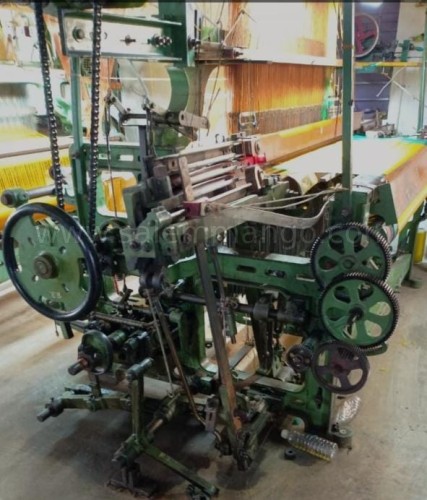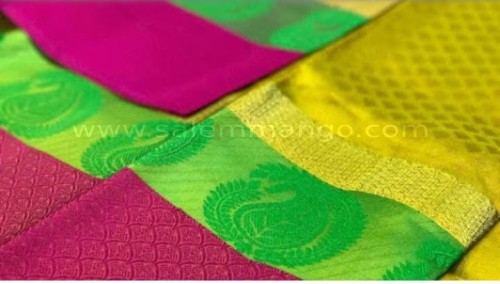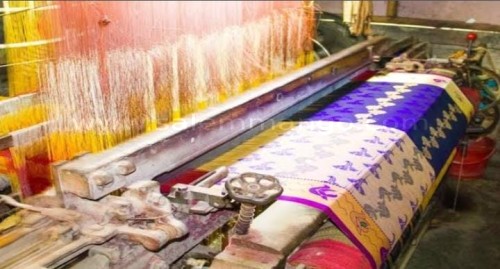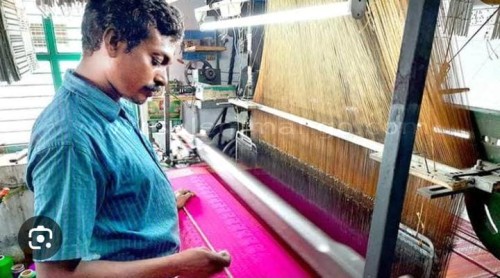3 mins read
Last updated : 16-02-2024
Silk sarees in Elampillai & Salem - Secrets
Elampillai is a Small village town situated in the district of Salem in India. Located exactly around 25 KM from the salem town. A thinly populated village are engaged in handloom weaving. The average educational level is around 12th standard and degree holders.
Birth of handloom Industry In Elampillai


Elampillai is well known for handloom products in silk, cotton, polyester and silkhon [110 Dinear). The majority of Hindus united families and Individual are engaged in weaving industry. Elampillai Silks sarees are send to Tirupathi temple for wearing to deity during poojas. They are sending around 100 Sarees per month through co-optex, the co- operative society of handwoms in Tamilnadu. The speciality of Elampillai Sarees is the Bulla designs in the Pallu and border.
Speciality of Elampillai Sarees


Elampillai handlooms are well known for the durability of the colours used in the yarn. The mixture of colours gives the durability. The count used in weaning gives the softness and hardness of the fabric. Count means the numbers of threads used in the length and breadon for weaving known as warp and weft respectively. In Elampillai the count used is 80 by 80 for Weaning. The width of the Saree comes to 51 inches. Each and every thread of the Flampillai sarees is hand woven.Each weaver works from home with all his / her family members helping in different steps of the Process. In Elampillai a weaver around 4 Sarees in a week.In elampillai cotton, silk Polyester and silkhon (110) Dinear handloom Sarees are weaved. They also weave silk shirt material.
Process in Saree Manufacturing
Dyeing process
The Process of manufacturing elampillai handwom Sarees Starts with dyeing. The silk Yarn dyeing is the colouring Process of the yarn by dipping the Yarn in the boiled colour water in very high temperature,the temperature durability of colour is, also higher. Dyeing of the yarn is done making sure that the colour is spread uniformly throughout the yarn and it does not affect the quality of the yarn. The coloring process is a very crucial Step in getting a good colourful saree. The colours are applied as per the specifications of the designers and also some times as per the orders from customers who orders for a designer saree. After coloring the silk yarn is dried in shade. Drying yarn in direct sun light will be harmful to yarn.
Weaving process


After dyeing and drying the yarn it is intially converted to thread and loaded as warp which is called "Pavvu" and then it is loaded into the loom for actial weaving. It is also rolled over small sticks to use for weft. One Pavvu will make 13 sarees. It will take a month to complete weaning of one Pavvu. The weaver will get a remuneration of around 155 per saree. It costs 100 реr KG of yarn for dyeing and 200 to load it in a Pavvu. Elampillai handloom Sarees are traditionally woven in the Interlocked - weft technique'
Designs


The design required on the saree is initially drawn in a computer and then this is punched into a card and then these cards are loaded in Jacard in the loom. Jacoord is a box like structure which is fixed in the top of the loom.There will be needles in the Jacard which will read the punched cards and control, the weaving of weft.